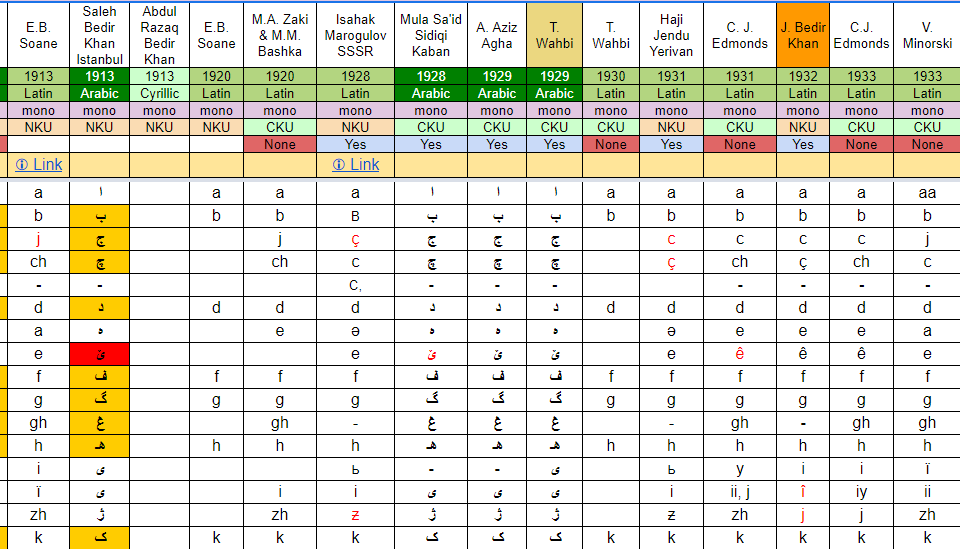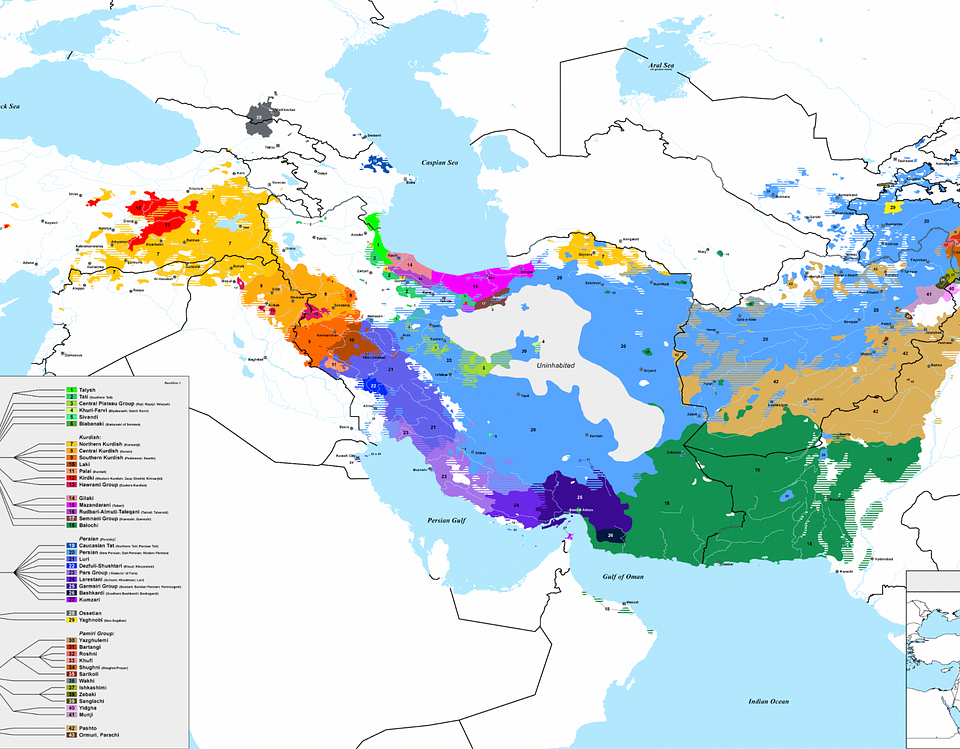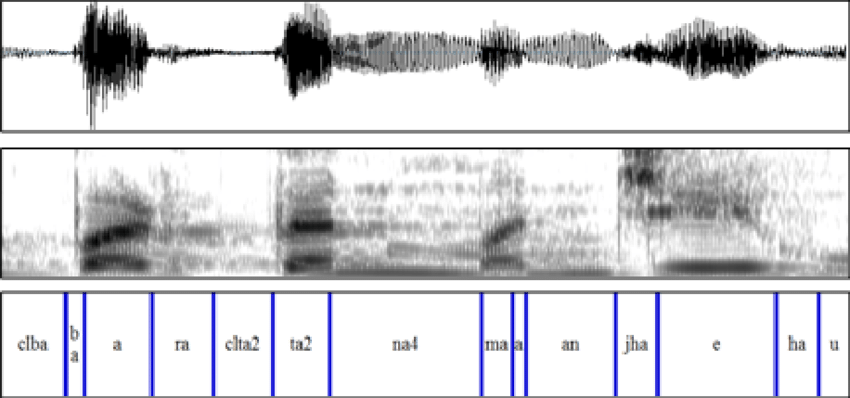Orthography
Orthography

The potential of these textbooks to aid in the codifying of Kurdish was not realized, however, due to the government’s policy of restricting native tongue education in Kurdistan. Thus, as a result of official opposition to the reform of the Arabic-based script, codification of orthography was largely carried out by non-educational print media (cf. 8.2.0). Only after the reformed orthography had become widely accepted and used by the early 1950s did the Ministry of Education sanction, in 1951, an alphabet book which incorporated the reforms. However, other primary textbooks did not adopt the new alphabet until after the fall of the monarchy. By 1985, when all the primary and secondary school books had been published, they lacked uniform spelling. Numerous printing errors were also found in the textbooks (Baldar 1986:235, 244).
Kurdish codification and attempts to create a dedicated alphabet for Kurdish have had a long journey and continue to be a major issue in the Kurdish standardisation process (D. Roshani 2010). This is explained in a Kurdish Orthography Timeline, which dates back to the 1780s. (See A Kurdish Orthography TIMELINE)
Source:
- Prof. A. Hassanpour, Nationalism and Language in Kurdistan 1918 – 1985, USA, 1992
-
Roshani, D., 2010. Nation-State building or language planning, The First North American Conference On the Kurdish Language [FULL TEXT]



